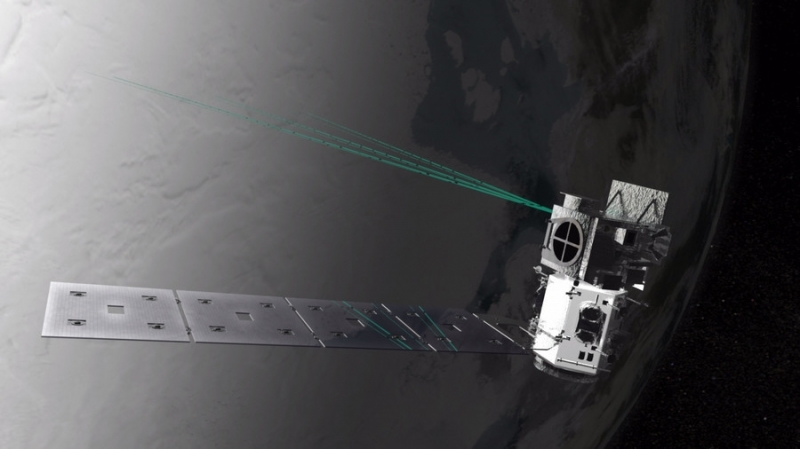The concept is simple: the laser fires 10,000 pulses per second at the ice cap and measures the travel time of the few photons that return back up into orbit. The ICESat-2’s sole instrument, called the Advanced Topographic Laser Altimeter System (ATLAS) can time photons with incredible accuracy - a precision of less than a billionth of a second.
“We were all waiting with bated breath for the lasers to turn on and to see those first photons return,”said Donya Douglas-Bradshaw, ATLAS project manager. The device must sift through clouds of the detected photons to clear the ICESat’s signal from the surrounding noise, generated mostly by our Sun.
“Seeing everything work together in concert is incredibly exciting. There are a lot of moving parts and this is the demonstration that it’s all working together,” Douglas-Bradshaw adds.
ICESat-2 has taken up its final polar orbit, approximately 310 miles (500 kilometers) above Earth and will undergo several more months of calibration and testing before the program properly begins.
More about:
















































